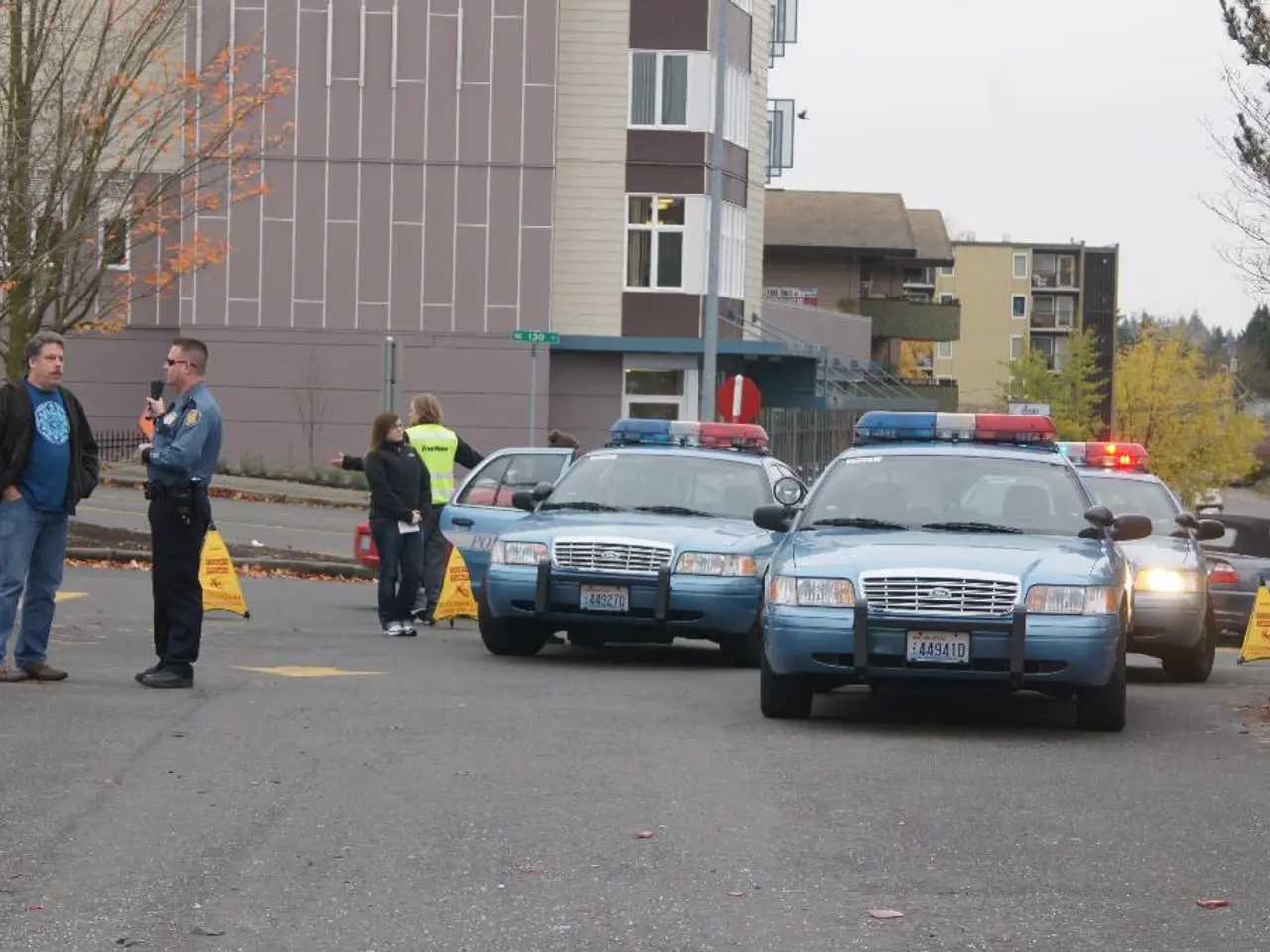Heavy Fine and Loss of Points for Ignoring the New '2+1' Road Sign: A single mistake will set you back €200 and cost you 4 driving points
Introducing the 'Carretera 2+1' Sections in Spain: A Safety Measure for Conventional Roads
The Spanish Directorate-General for Traffic (DGT) has introduced a new road design known as 'Carretera 2+1' sections. This design serves as a halfway house between a single carriageway and a dual carriageway, offering a safer and more efficient driving experience.
The 'Carretera 2+1' concept features three lanes: one in each direction and a center lane that alternates for safe, regulated overtaking. This design aims to reduce head-on collisions, particularly on long hills or busy single carriageways, by creating predictable overtaking windows.
When you see the S-1c sign, you'll know you're entering a 'Carretera 2+1' section or a ramp leading onto one. This sign is a white rectangular panel with "CARRETERA 2+1" written on it and a diagram showing the center lane as reversible.
To ensure safety and avoid penalties, drivers must adhere to a few rules:
- Respect the signage indicating which side has the extra lane at any stretch.
- Use the center lane only to overtake slower vehicles safely and quickly.
- Return to the correct lane after overtaking before the reversible lane changes direction.
When the center lane is open to your direction, indicated by broken lines and directional arrows (and, on some sections, signals/gantries), you may enter it to overtake decisively and move back to the right-hand lane after the overtake. Cruising in the center lane is not allowed.
Misuse of the center lane, such as driving in it when it’s reserved for the opposite direction, can result in a penalty of €200 and a deduction of 4 license points. This makes it one of the costliest traffic errors on these roads.
'Carretera 2+1' sections are mainly found on interurban routes where a motorway upgrade isn't realistic but traffic volumes or long gradients justify extra overtaking capacity. On hilly corridors, the pattern often gives the uphill side the center lane first, then hands it back for the next segment.
Remember, the center lane on a 'Carretera 2+1' is not a bonus fast lane. It is borrowed space available only when the road markings and signs indicate so, and it is only for the overtake itself. Hesitating mid-overtake and lingering in the center lane, or starting a pass as the allocation flips and straddling solid lines to finish it, can also lead to penalties.
The DGT's broader refresh of the sign catalogue is about clarity and consistency, including simpler visuals, better visibility, and layouts that anticipate e-scooters, bikes, and modern traffic. By implementing 'Carretera 2+1' sections, the DGT is working towards improving safety on conventional roads and reducing risky passes without the cost and land-take of building a motorway.
[1] Source: DGT guidelines on 'Carretera 2+1' sections.
- The application of 'Carretera 2+1' sections is not limited to road safety alone, as it also aims to improve efficiency in industries such as transportation and automotive, by increasing traffic flow and reducing travel time.
- In the realm of finance, successful implementation of 'Carretera 2+1' sections could potentially lead to increased revenue for the government, as the reduced number of accidents and improved traffic circulation might lead to more efficient tax collection and decreased expenditure on road maintenance and emergency services.




